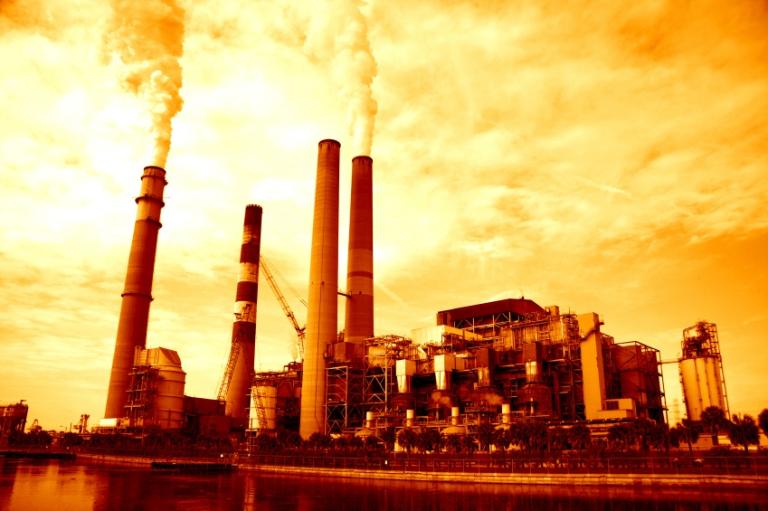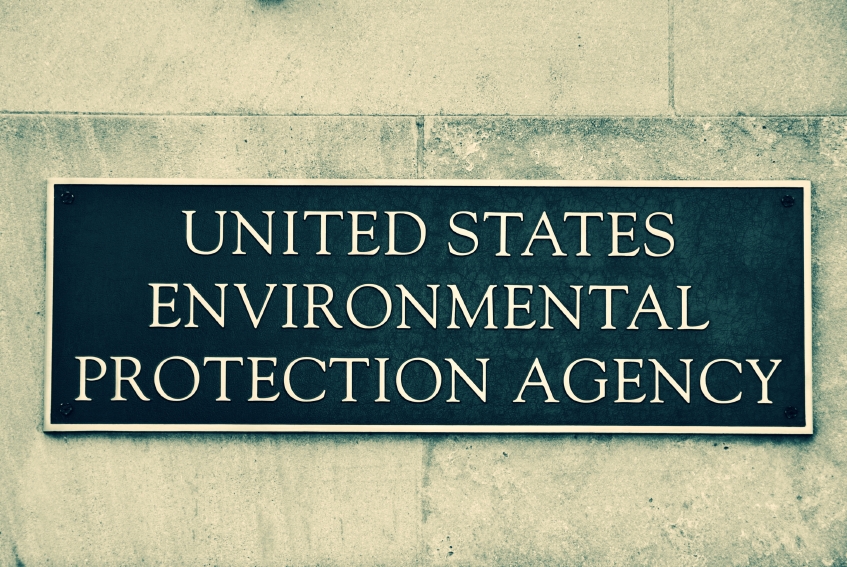Here are a few more things the EPA has brewing that will affect the speed at which old coal will be phased out.
Coal ash
In May 2010 — five months after the catastrophic coal ash spill in Kingston, Tenn. — EPA announced that coal combustion residuals (CCRs) will be subject to new regulations to be implemented in summer 2011, though final compliance may not come until as late as 2020. The agency is deciding between two paths, both under the Resource Conservation and Recovery Act (RCRA). The tougher route would be under subtitle C, which governs hazardous waste. According to EPA, this route “would effectively phase out” wet storage of coal ash over time, at both existing and new surface impoundments (excavated earthen pools and dams, uncovered and often unlined, in which coal ash is dumped and mixed with water). Many plants would face retrofit-or-retire decisions and at least some would choose the latter; I haven’t seen a good analysis of how many.
Acting under subtitle D would instead classify the coal ash as non-hazardous solid waste, require only that a lining be added, leave enforcement to the states, and effectively let coal utilities off the hook.
Here’s Sierra Club’s map of where coal ash ponds are located. View EPA Coal Ash Waste Sites, by the Sierra Club/Version 2 in a larger map.
For background on the subject I highly recommend the investigative series from Sue Sturgis of Facing South:
- Coal’s dirty secret
- Disaster in east Tennessee
- Big energy vs. coal ash regulation
- When recycling goes bad
- What’s next for coal ash?
Here’s a great report from the American News Project on “The EPA and the Curse of Coal Ash.”
Cooling water regulations under section 316(b) of the Clean Water Act
This rule will define best available control technology (BACT) for large power plants with cooling water intake structures. According to a report by New Jersey utility PSEG, “the rule will apply to 422 fossil-fueled and 38 nuclear power plants representing over 308 and 52 GW of existing capacity, respectively. … A requirement to install cooling towers will force power plants into a retrofit-or-retire decision.”
CO2 regulations
I’ve written about impending EPA greenhouse gas rules at some length (and with bunnies!), so I won’t rehash it here. Yesterday, EPA rolled out some rules about permitting, which shows that it’s moving steadily ahead even as eleventy jillion lawsuits close in. The Chamber of Commerce is suing over the EPA’s finding that greenhouse gases endanger human health. Texas is suing over permitting. Texas is also suing over the agency’s “tailoring rule,” which is also drawing challenges from the Center for Biological Diversity and the Sierra Club.
Also participating in legal challenges of one sort or another: Alabama, North Dakota, South Dakota, Mississippi Gov. Haley Barbour (R), South Carolina, Nebraska, the Louisiana Department of Environmental Quality, Peabody Energy Corp., the American Farm Bureau Federation, the National Mining Association, the Georgia Coalition for Sound Environmental Policy, the National Alliance of Forest Owners, the American Forest and Paper Association, the Portland Cement Association, the National Federation of Independent Businesses, an industry coalition led by the National Association of Manufacturers, the Clean Air Implementation Project, the Missouri Joint Municipal Electric Utility Commission, the Utility Air Regulatory Group, the National Environmental Development Association’s Clean Air Regulatory Project, Mark R. Levin and the Landmark Legal Foundation, the South Carolina Public Service Authority, the Energy Intensive Manufacturers Working Group on Greenhouse Gas Regulation, Gerdau Ameristeel US Inc., the American Iron and Steel Institute, the Coalition for Responsible Regulation, and the Southeastern Legal Foundation.
So there’s that. Nonetheless, EPA says greenhouse-gas permitting requirements for new facilities will go into effect in January.
It’s difficult to anticipate the effects of EPA’s greenhouse regs since it’s not clear what will constitute BACT for CO2. What technology reduces CO2 emissions at a coal plant? At the high end, EPA could require carbon capture and sequestration (CCS). That is highly unlikely, especially given that CCS is not exactly “available.” At the low end, EPA could require only efficiency improvements. There don’t seem to be a lot of options in between those (biomass cofiring? conversion to natural gas?), so it will be interesting to see what happens.
——
As you can see from the last post and this one, coal utilities are heading for rough seas. What will the effects be on their operations and the overall reliability of the electrical system? We’ll hear their side of the story in the next post.




